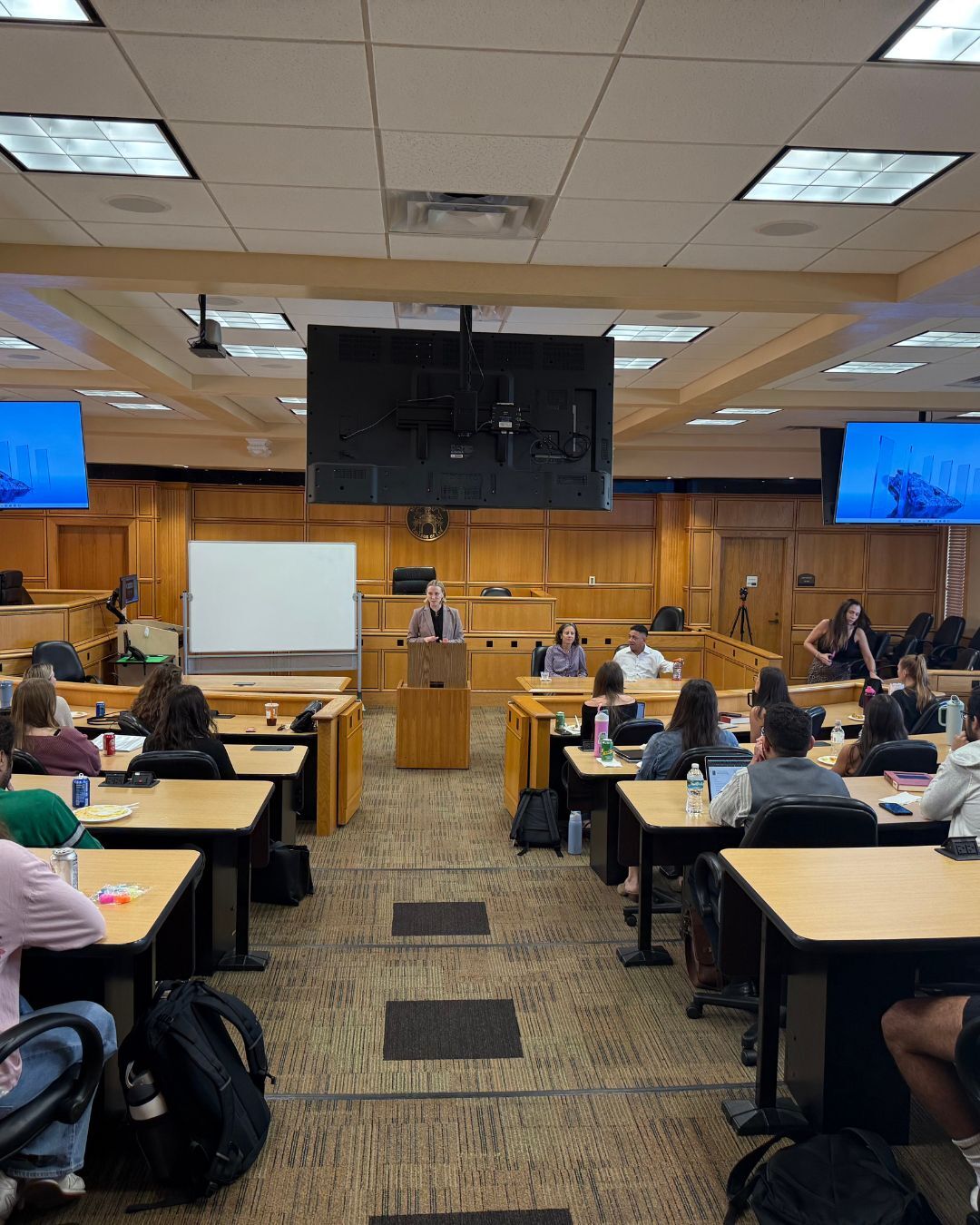1. Submit Your Program Application Early
If you need a visa, you should plan to apply early to the academic program of your choice. Give yourself a couple months to complete your paperwork. Allow extra time in case your visa needs additional administrative processing, which can take multiple weeks.
2. Gather Your Documents
If you are not currently in the US, once you are admitted to a program and pay your seat deposit, your university’s Designated School Official (DSO – works with F Visas) or Responsibility Officer (RO – works with J Visas) will start the paperwork you need to apply for a student visa. Most students will qualify for the F Visa which uses the document I-20. While some may qualify for a J Visa which uses a DS-2019.
After you are admitted and submit your seat deposit, the DSO or RO will request a few items to help them create your I-20 or DS-2019. S/he will need the following:
- Proof of Funds (bank statement or letter from the bank)
- Sponsorship letter, if your proof of funds are not your own
- Scan of your passport’s bio page
Once you get your I-20 or DS-2019, review it for accuracy and that it matches your passport. If it doesn’t match your passport, then it can cause problems in the future when requesting your visa, a driver’s license or a social security number.
3. Not All Visas Allow Students to Study
Ensure if you plan to study in the US that you have the visa valid for study or follow the steps to get the right one. If you are in the US already on a visa, check if you are eligible. Many prospective students arrive in the US on a B Visa or tourist visa which doesn’t permit study and can take up to 9 months to change to a student visa inside the US. There are other visas that only permit part-time study. If you have any questions, contact the DSO at the university you wish to apply to for guidance.
4. Make an Appointment
For those seeking a student visa, you can schedule an appointment with your local US Embassy or Consulate online. Make your appointment as early as possible to allow a couple months for you to get your paperwork done to avoid stress and allow extra time in case your visa needs additional administrative processing, which can take multiple weeks.
Check the embassy’s or consulate’s website for required paperwork and documentation requested by that embassy or consulate.
5. Pay Your I-901 Fee
Before attending your appointment at the embassy, pay your I-901 Fee and keep a copy of the payment with your documentation for the appointment as well as when traveling.
6. Plan to Enter the US No More Than 30 days in Advance
For those on F and J Visas, plan to enter the US no earlier than 30 days before your program’s start date which will appear on your I-20 or DS-2019. Also do not plan to enter on a tourist visa. If you obtain an F or J Visa and then use your tourist/B Visa, this can possibly invalidate your student visa.
7. Keep Your Documents in One Place
It is best to keep all your visa paperwork in one place. Find a folder that you always keep in one place to avoid it getting lost and to allow you quick access in a hurry.
8. Don’t Pack Your Documents When You Travel
One of the most common mistakes international students make is packing their I-20/DS-2019 and other visa paperwork in their checked-in luggage. This may cause a long delay at the airport leading to a missed connecting flight or possible lead the officer to send you back to your country.
9. Check in With Your DSO When You Arrive on Campus
After you arrive on campus, check in with your DSO or RO within the next few days and bring all visa documentation with you. This will be a good time to meet your DSO or RO before classes and learn if you have anything else you need to do before the start of the semester.
Topics: Applying to Law School, Articles

.jpg)

